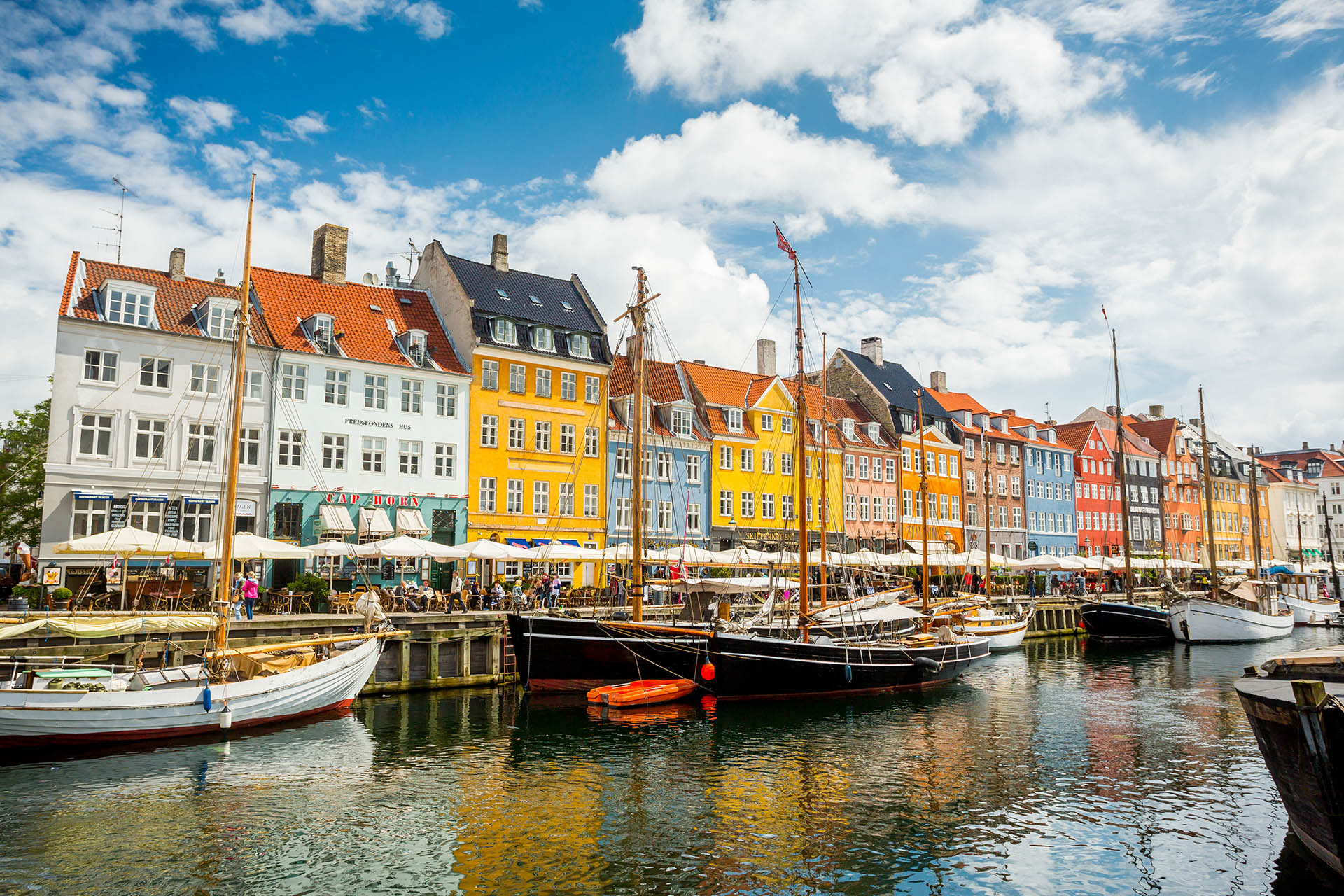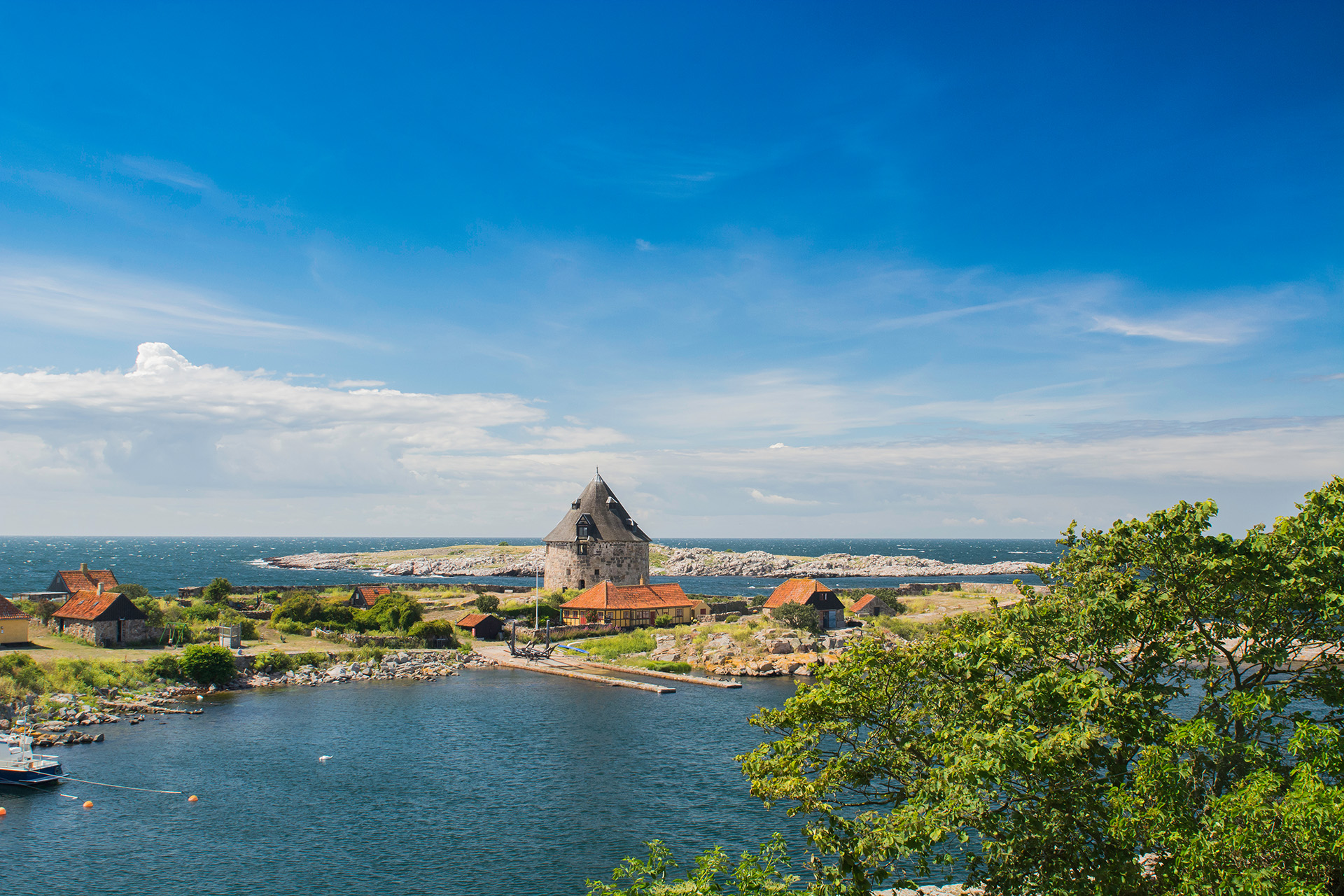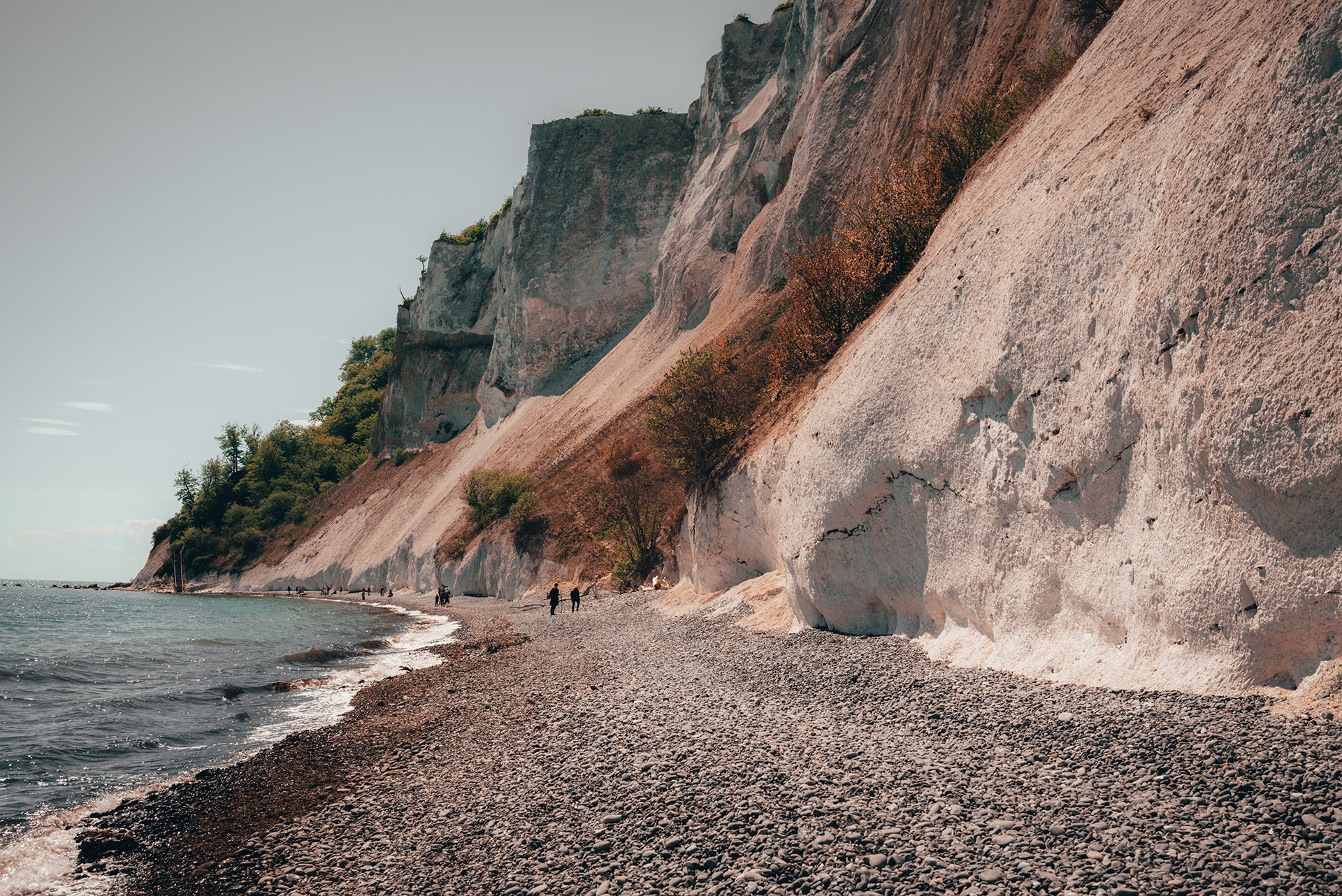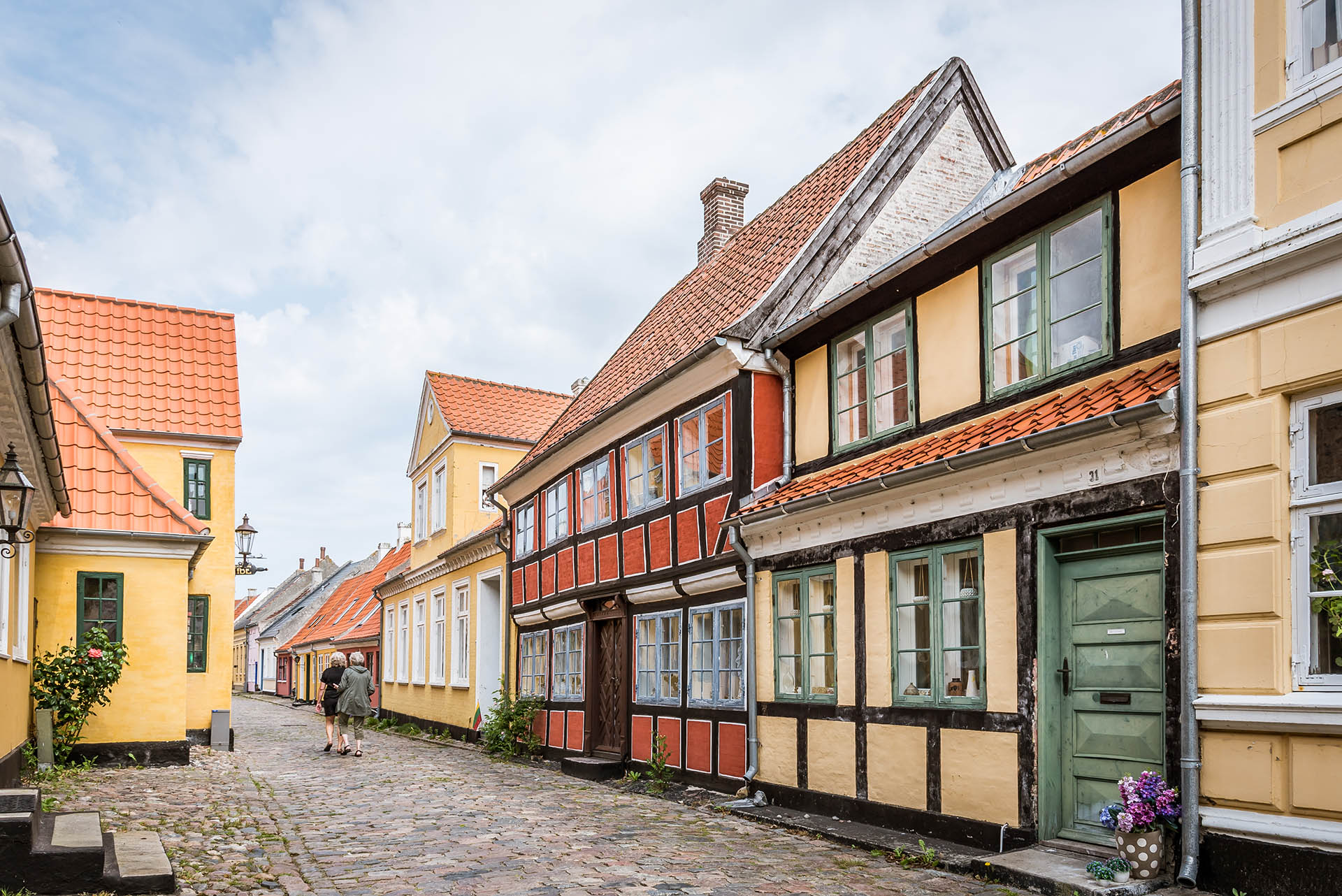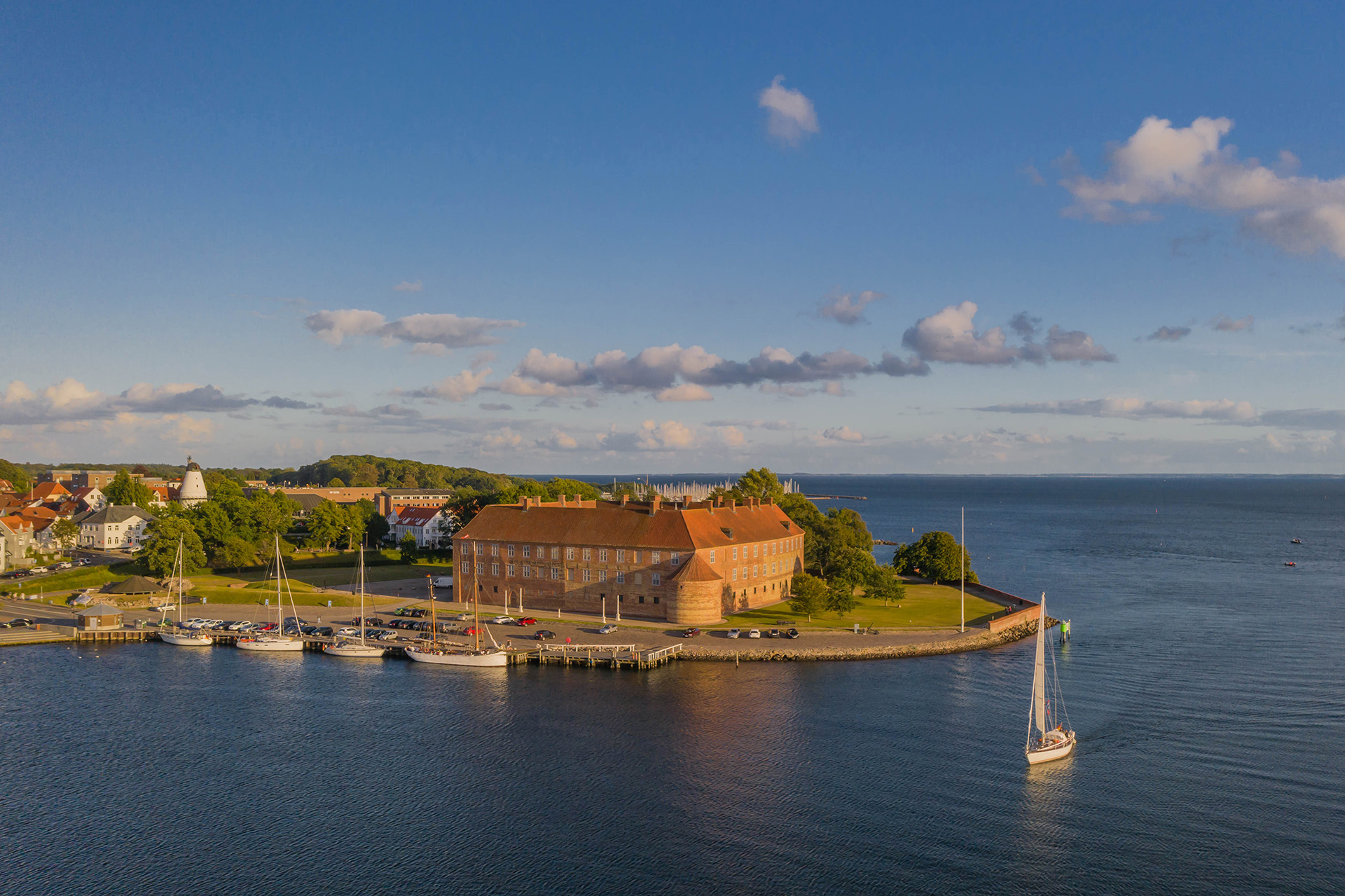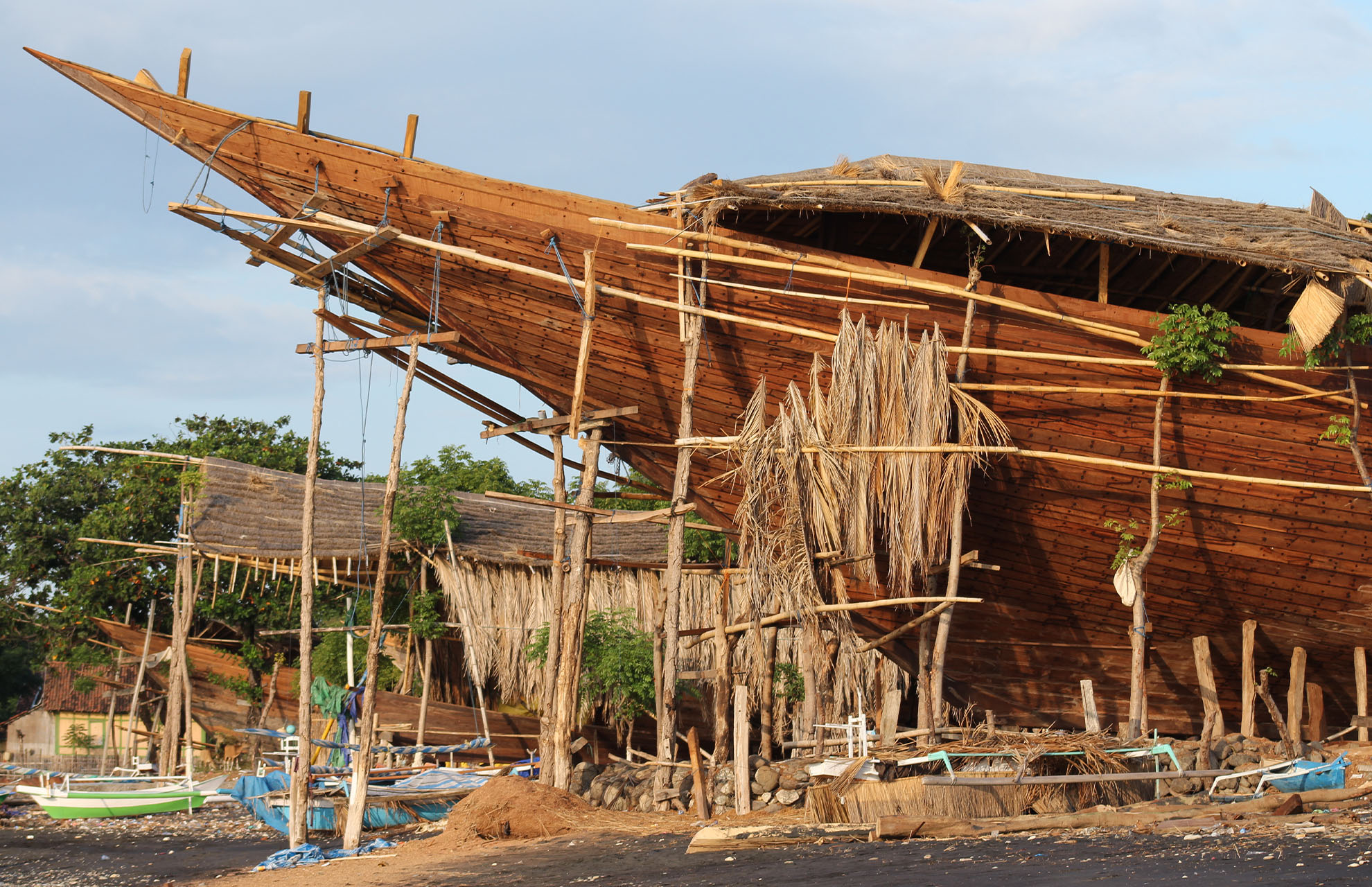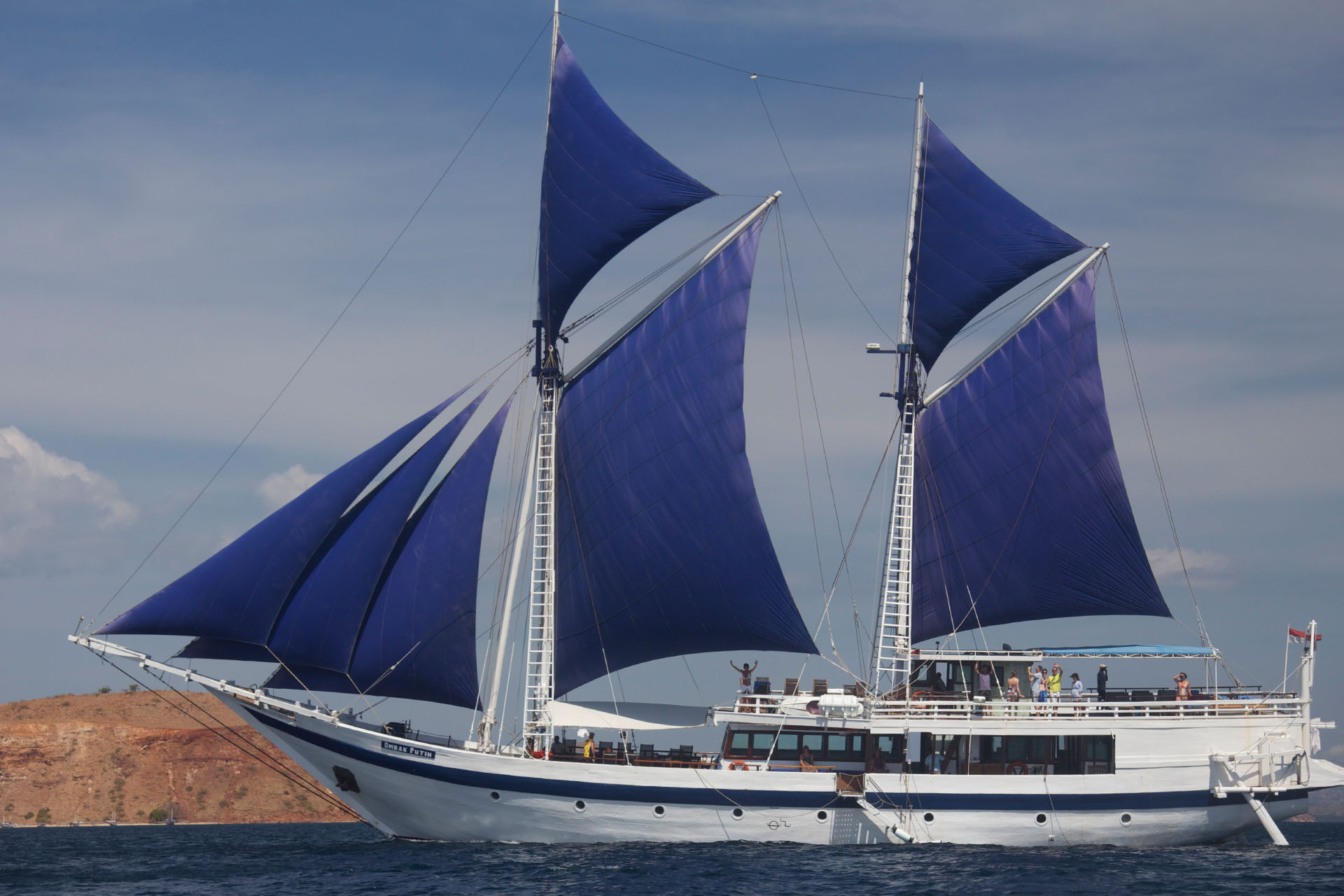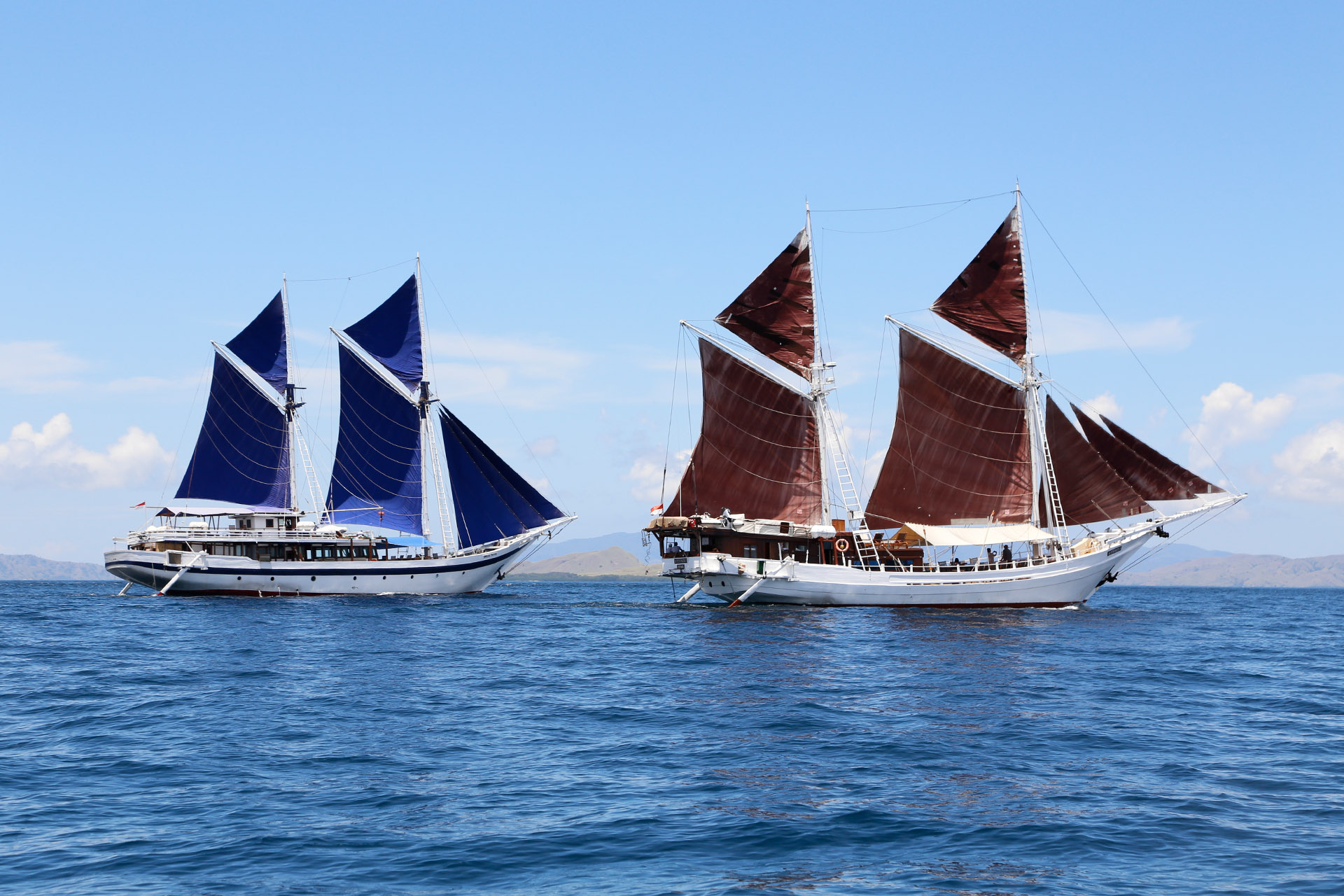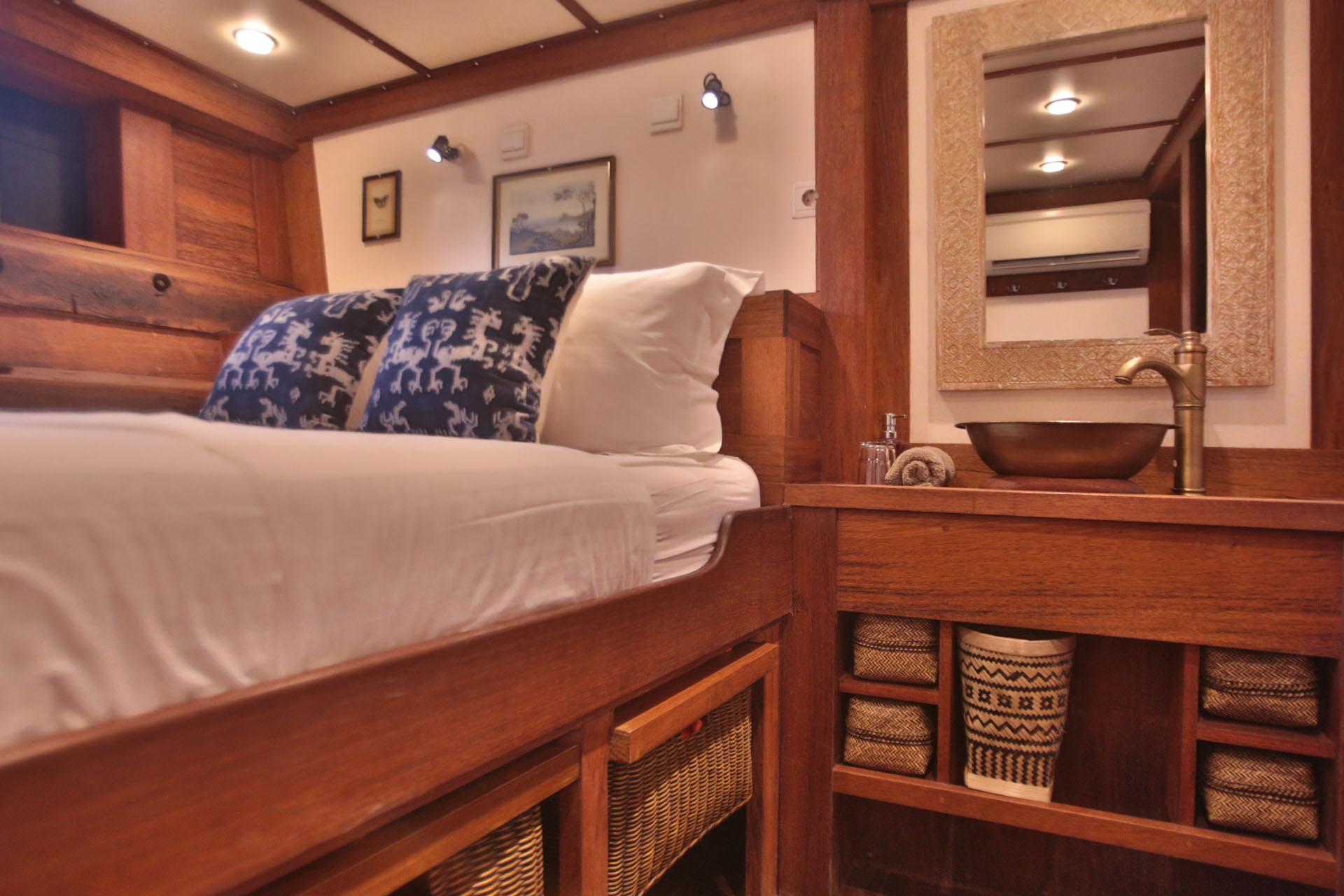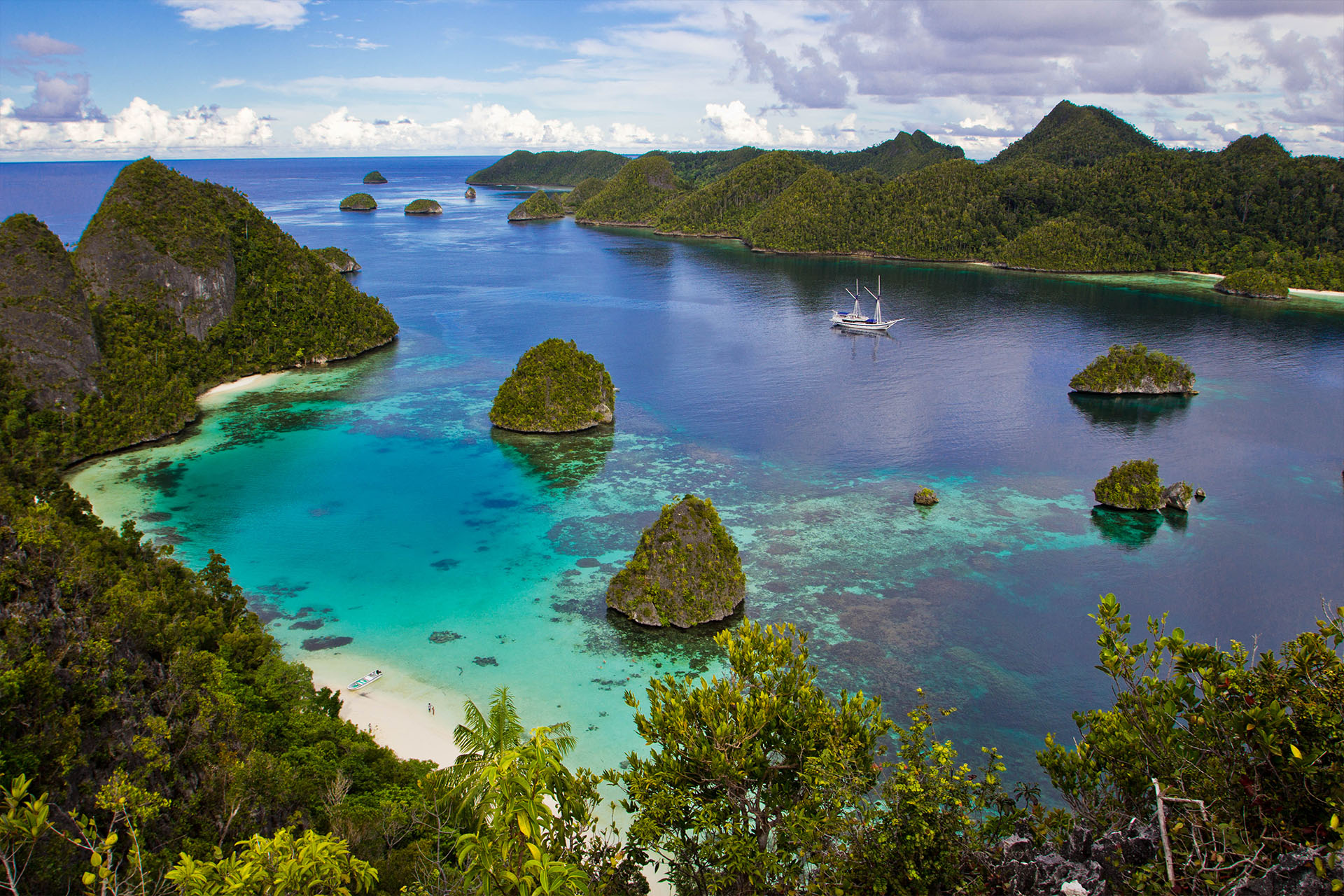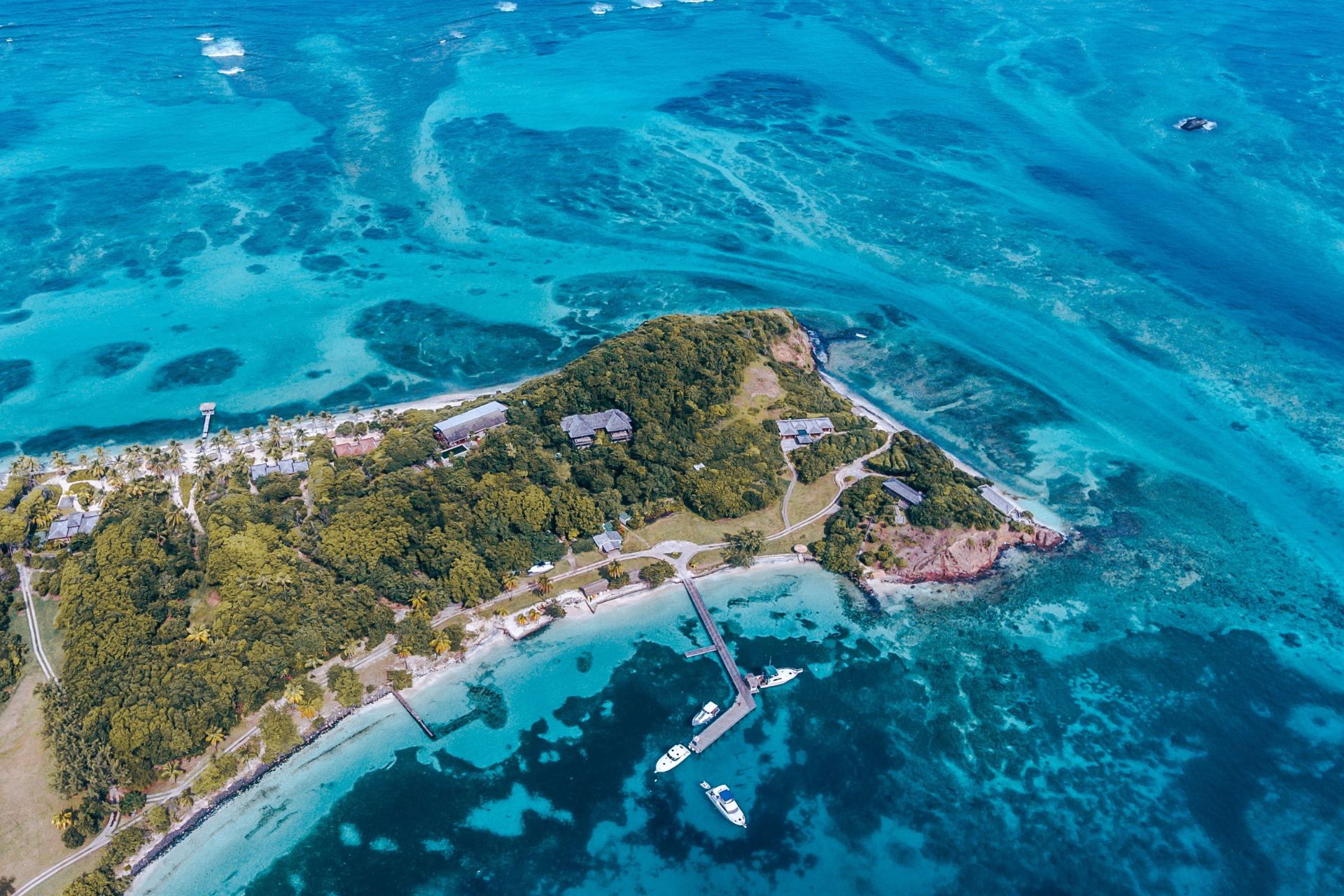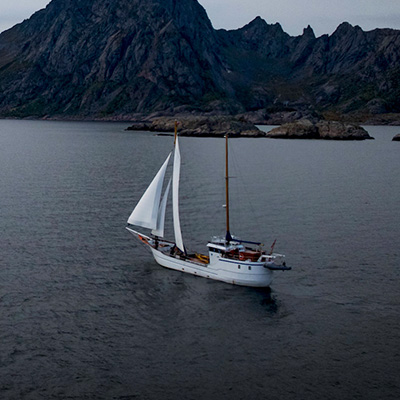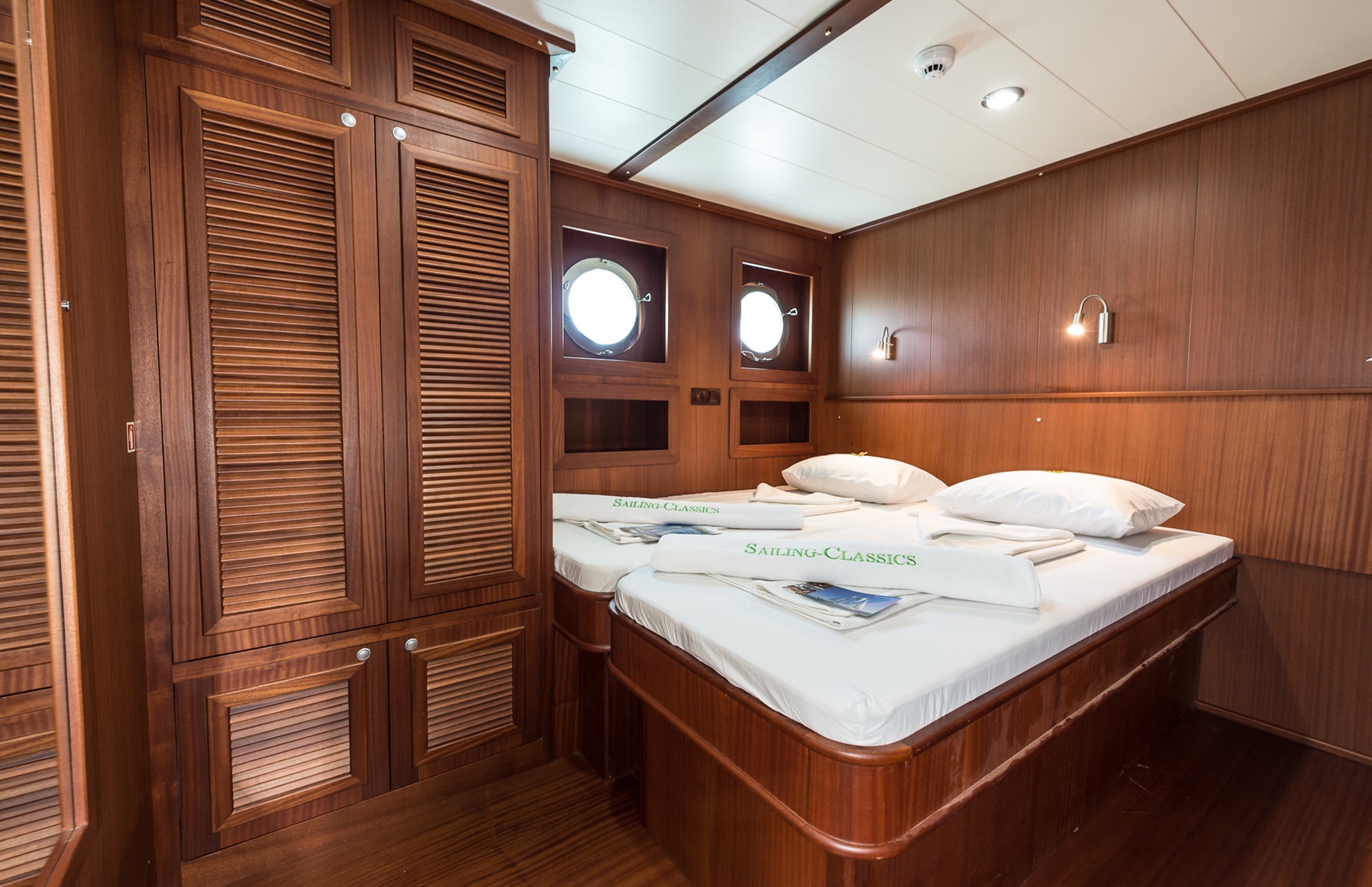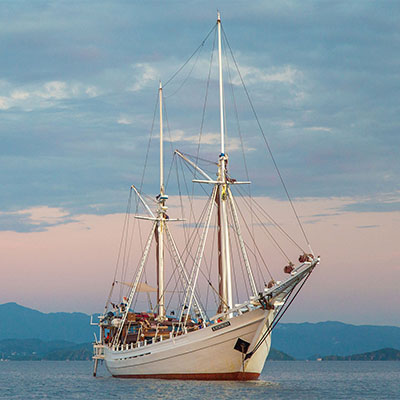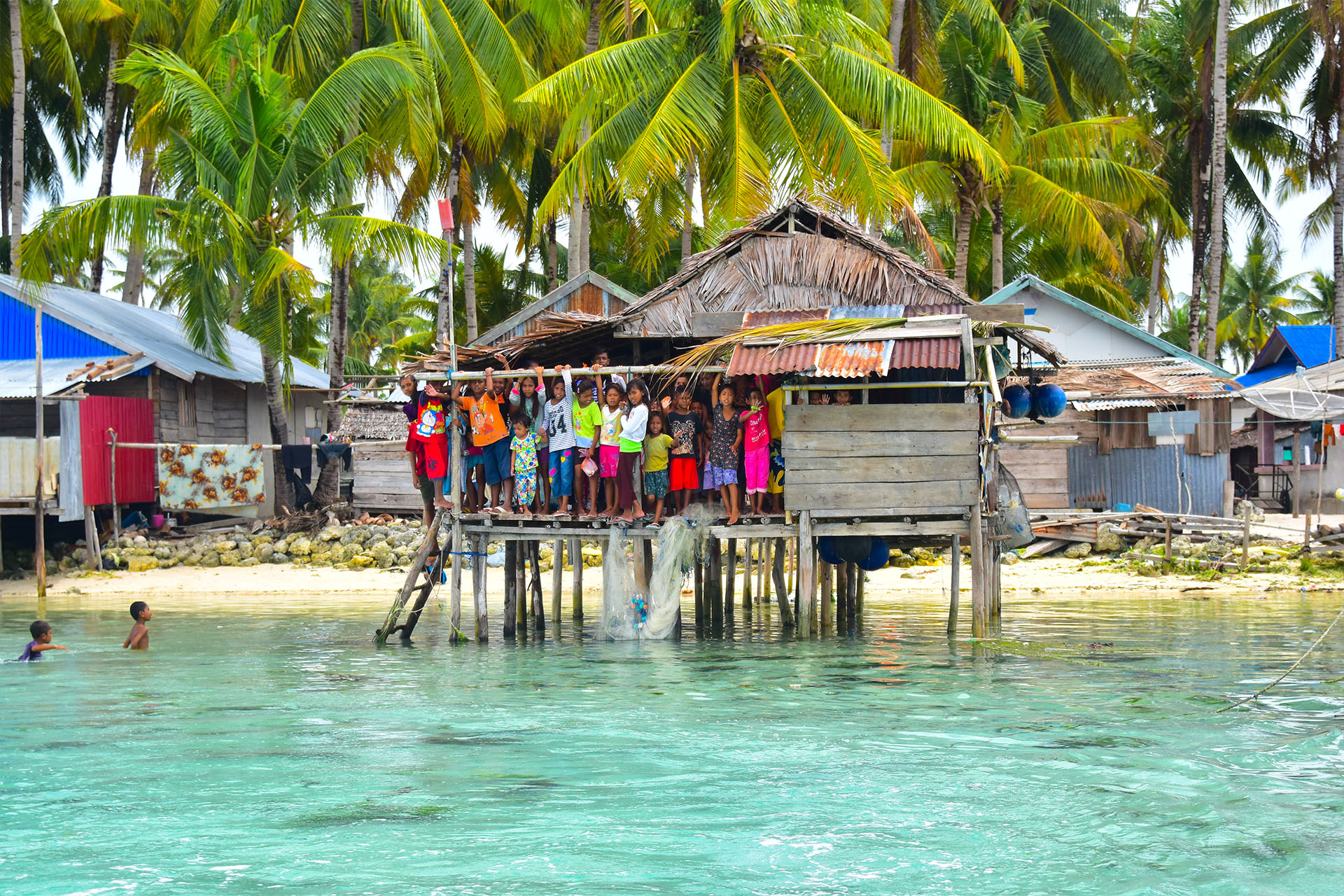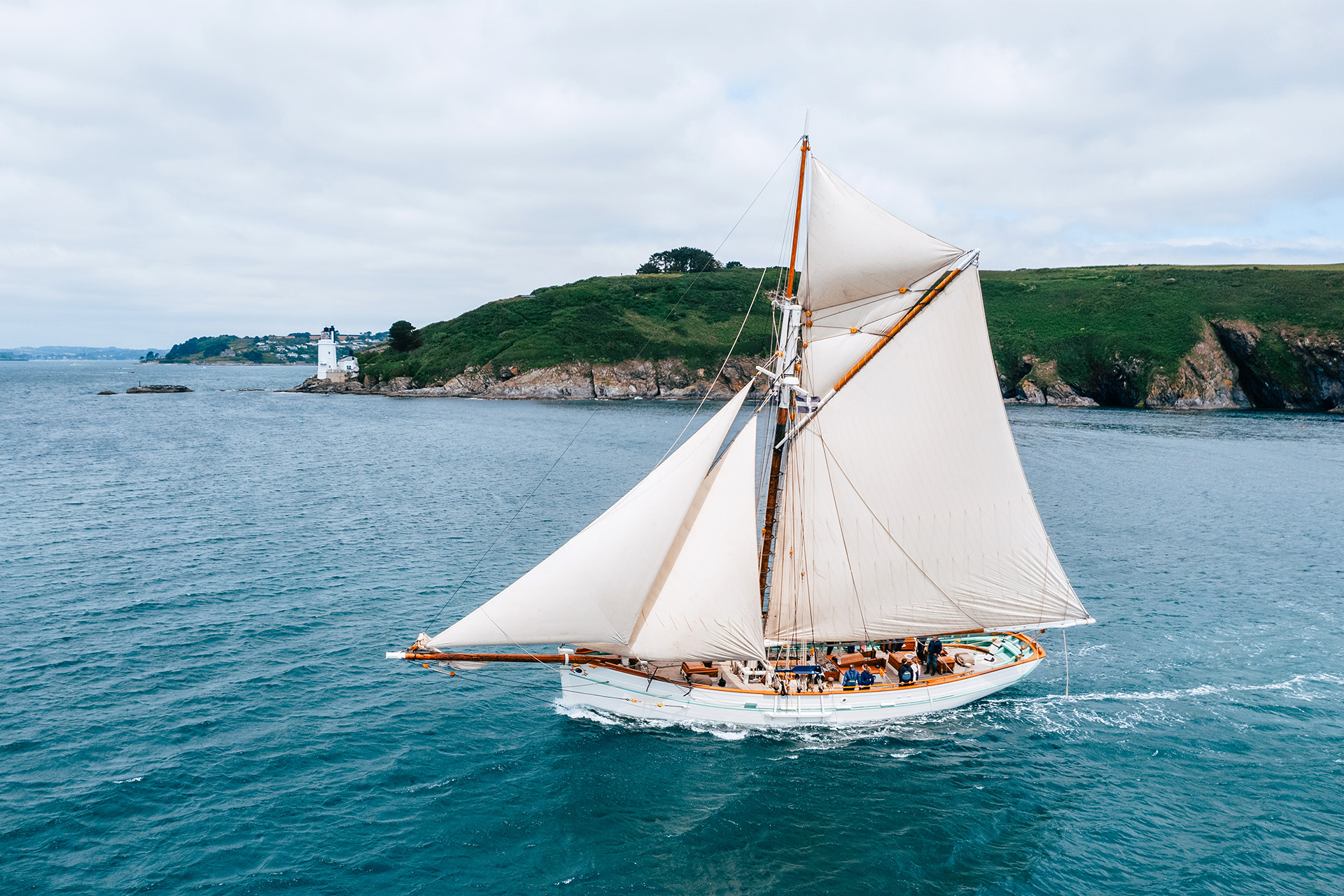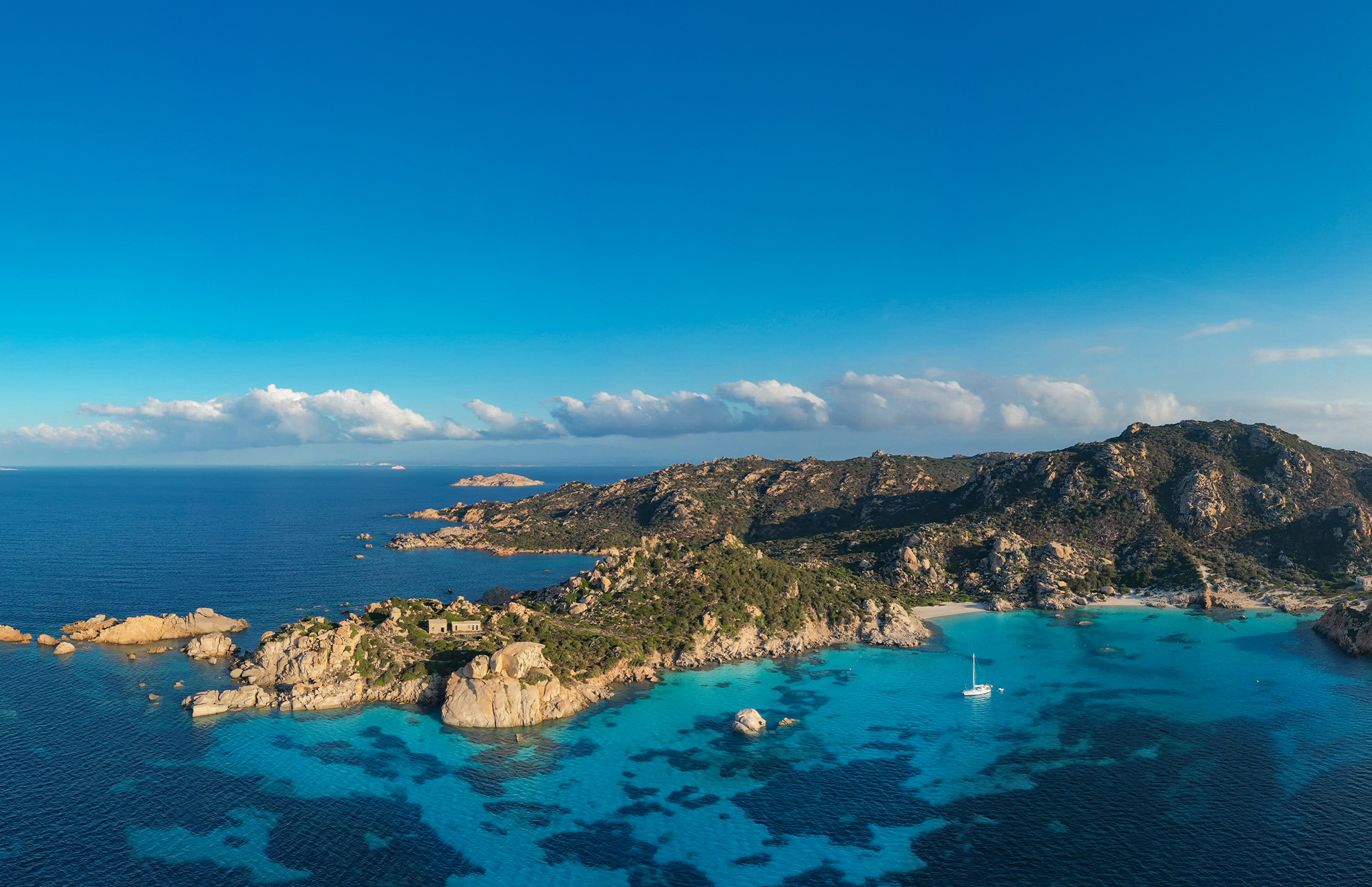
Close your eyes and imagine an idyllic island paradise – turquoise waters, secluded beaches, and spectacular views. Welcome to La Maddalena, a stunning Italian archipelago located off the Northern Coast of Sardinia. This tiny chain of islands are dwarfed by their larger neighbours of Sardinia and Corsica, and can often be overlooked by visitors to the region. Although they may be small geographically, these islands certainly pack a punch when it comes to authentic Italian culture, cuisine and breathtaking scenery. La Maddalena is a highlight of our sailing holidays to Southern Italy – keep reading to discover why.
The La Maddalena Islands
The La Maddalena archipelago is made up of seven individual islands, the largest being La Maddalena itself. Other islands include Caprera, Santo Stefano, Spargi, Budelli, Razzoli and Santa Maria – as well as many other small islets. Discover the islands with classic yacht Chronos for a luxury holiday with 5* service, gourmet cuisine, and onboard water sports. Or visit with luxury catamaran Agave for a wellness experience complete with a professional guide and an onboard nutritionist!
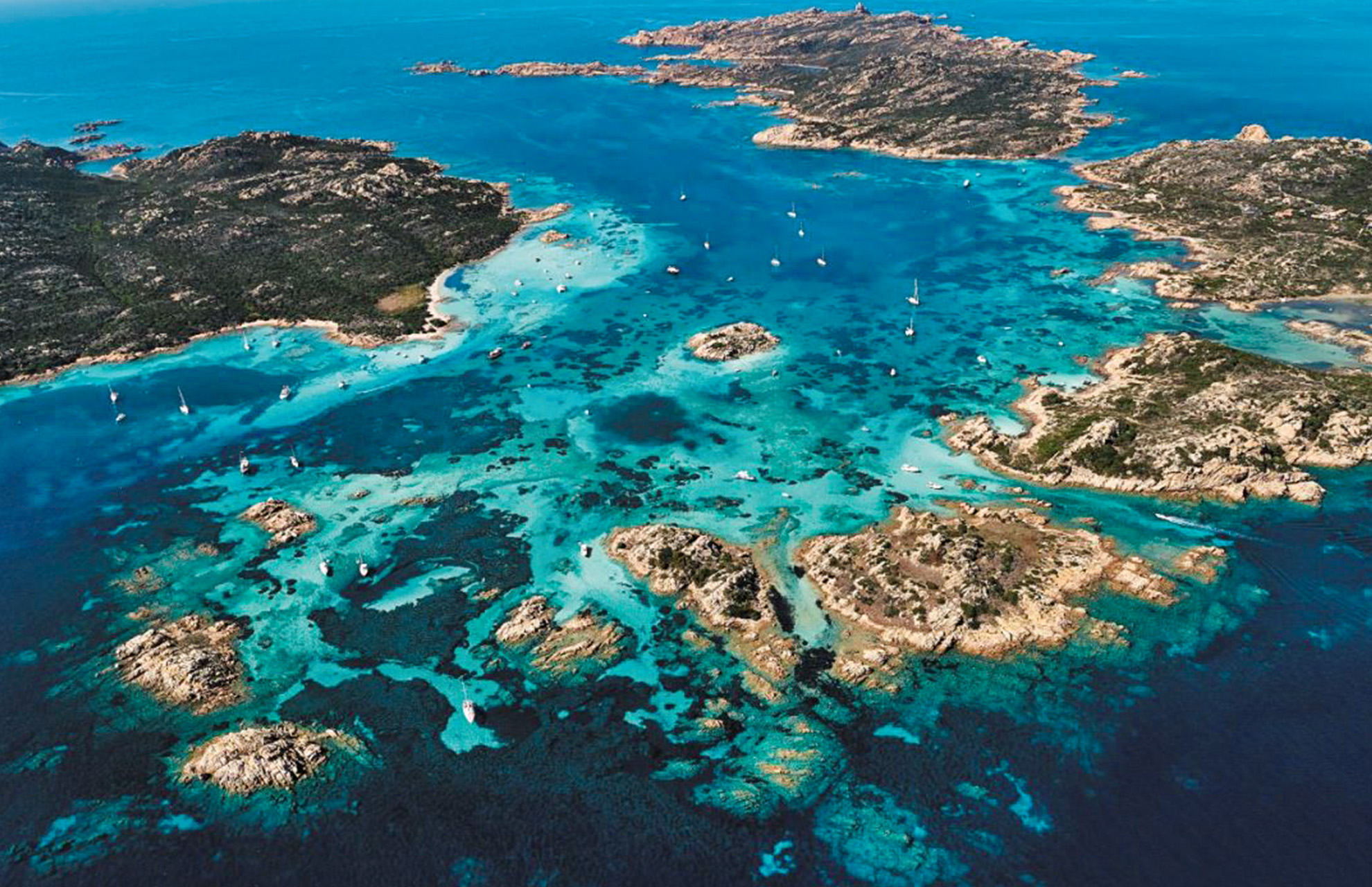
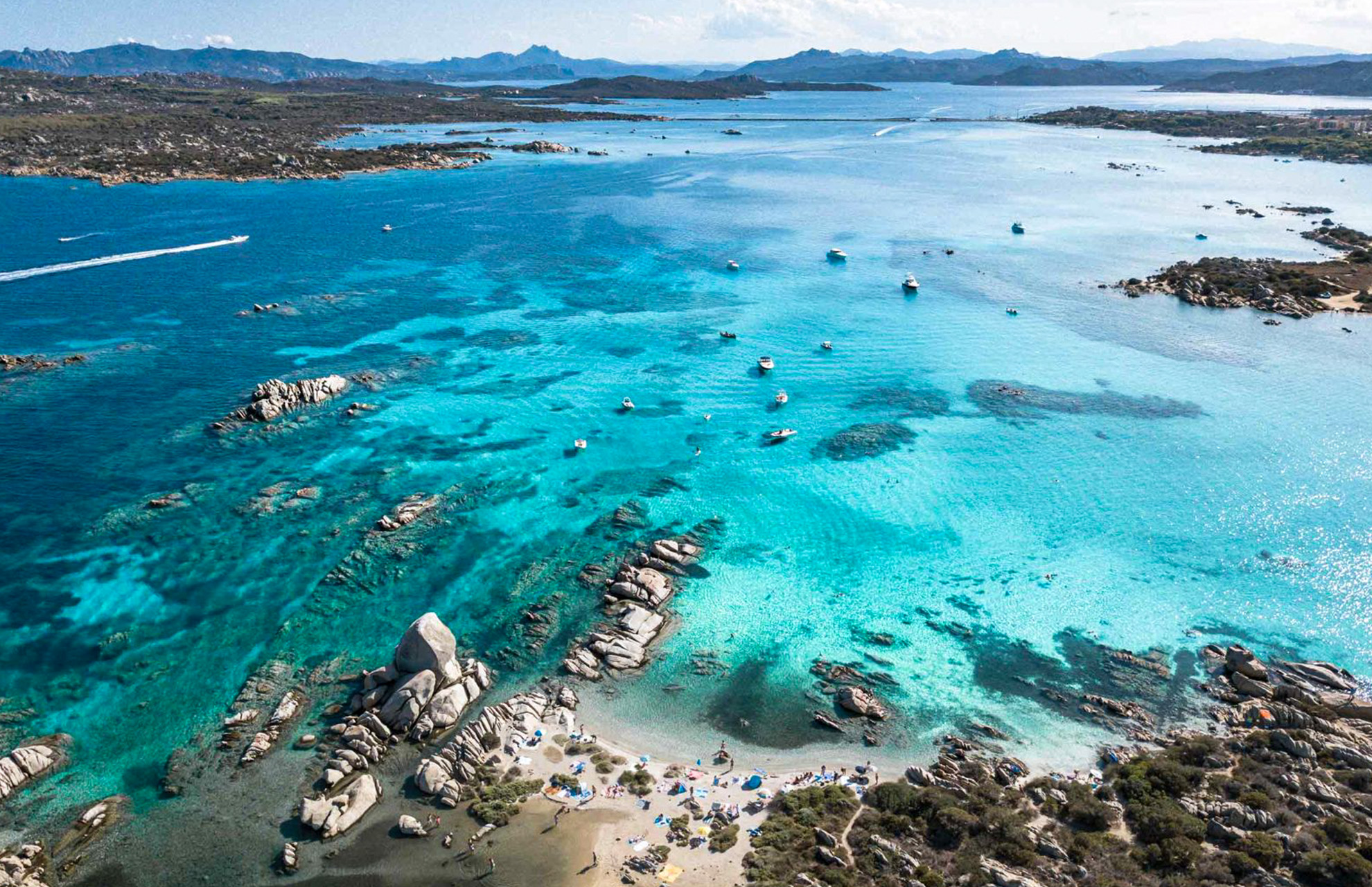
Natural Wonders
La Maddalena is perhaps best known for its rugged natural beauty, carefully protected and preserved by its status as a natural park. From powder-soft beaches backed by pink granite cliffs to lush pine forests surrounded by verdant vegetation, this archipelago is undoubtedly one of mother nature’s finest Italian creations. Head to uninhabited Spargi to lose yourself in one of the last untouched landscapes in the Mediterranean. A protected nature reserve, Spargi offers the chance to dust off your hiking boots. Here you can get up close with some remarkable wildlife, including dolphins, turtles, ospreys and even the odd wild boar! The entire island chain is home to some incredible geological formations and picturesque grottos. Explore these ancient rock formations carved by waves, wind, and time, and pay a visit to the Capella della Madonetta, where a tiny church clings to the granite rock overlooking the sea.
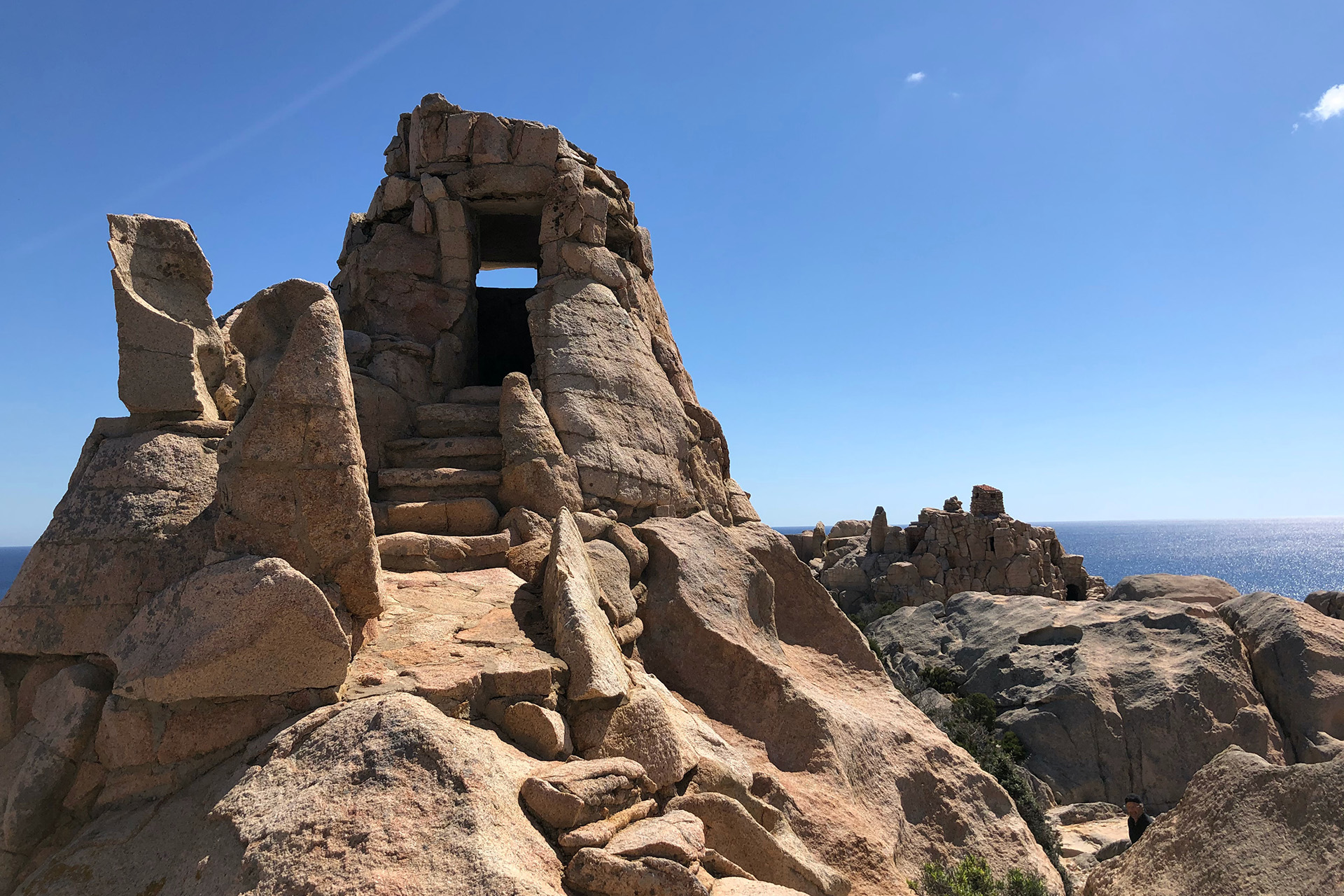
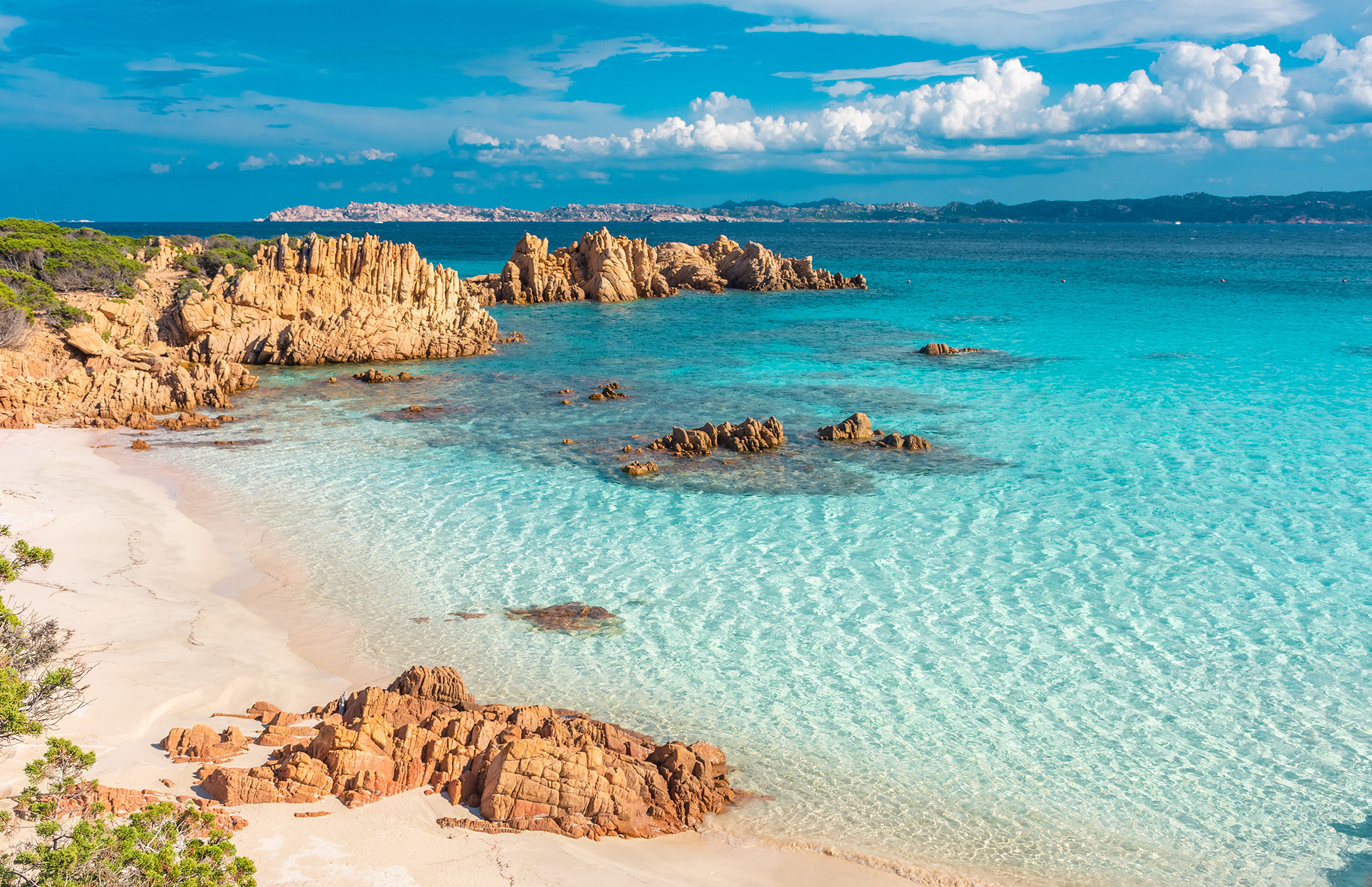

Authentic Italy
Although La Maddalena is a top spot for those in the know, it has not experienced the same rapid increase in tourism as Sardinia and Corsica, meaning you can still find the most authentic Italian lifestyle and cuisine. Whilst the large majority of the islands are uninhabited, the main island has a vibrant cultural scene. Unique dining experiences abound here, with fresh fish and seafood in abundance, caught locally that very day! The many smaller harbours and fishing villages around the islands showcase the very best of Italian hospitality. Here you can wander through charming winding streets, chatting with locals and enjoying gelato and espresso at every turn.
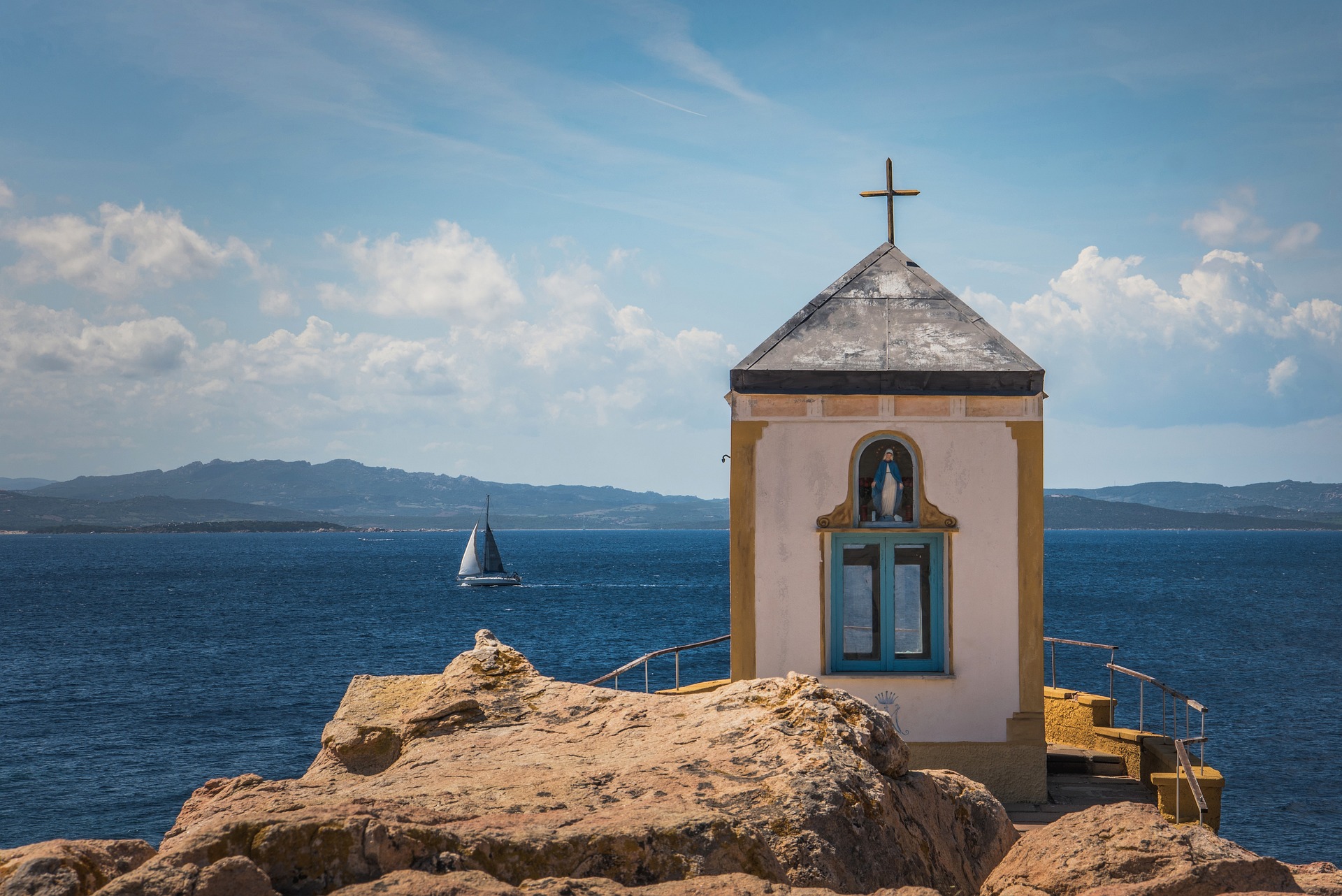
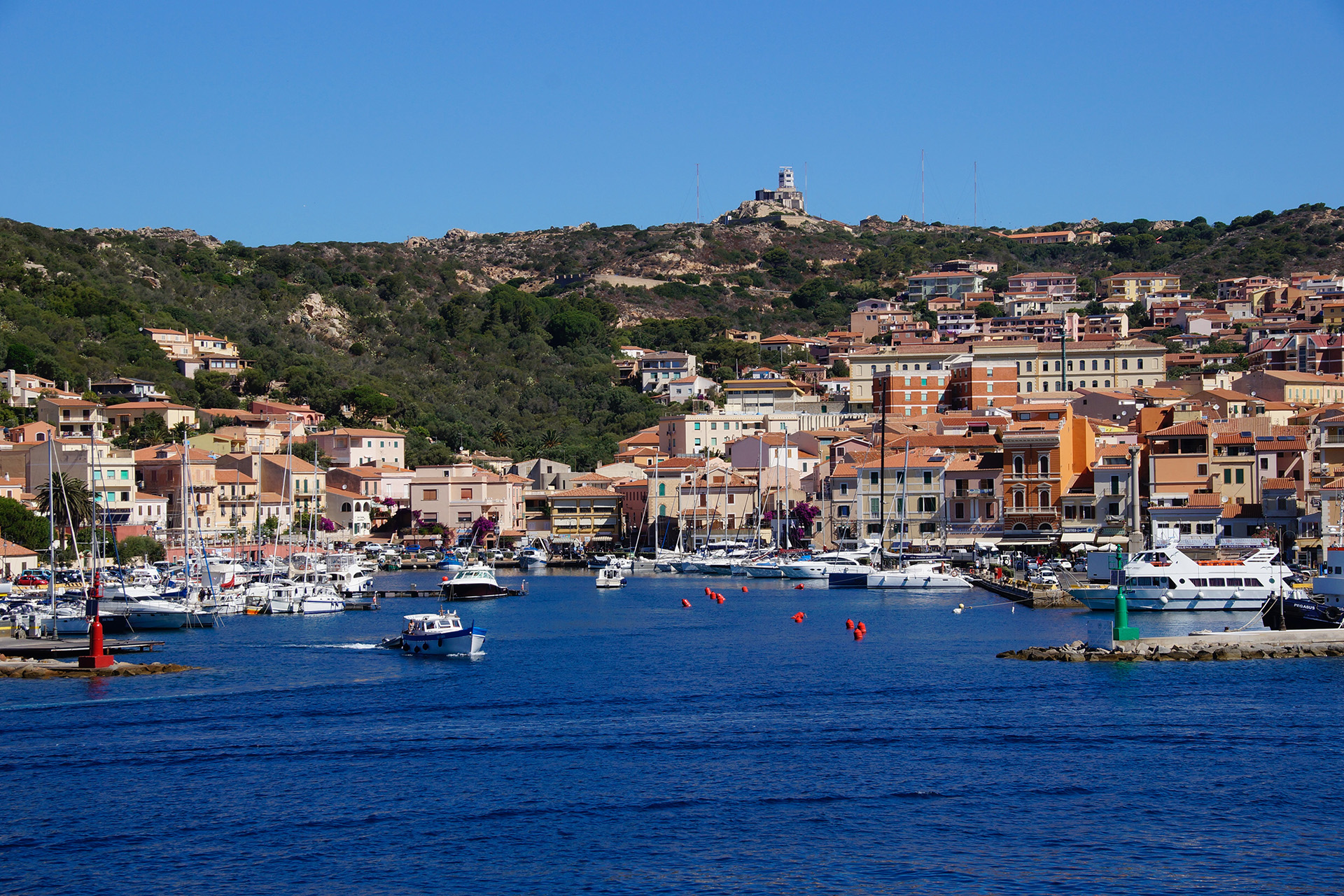
Underwater Delights
La Maddalena is known for having some of Europe’s most pristine underwater ecosystems, untouched by pollution and mass overcrowding. Both Chronos and Agave carry a range of water toys, including snorkel gear and paddleboards, meaning you can truly immerse yourself in this underwater paradise. Spiaggia Di Cala Coticcio is a favourite anchorage of Agave. The waters here are so clear that you get a glimpse of the hidden delights below before even stepping foot off the boat. Dive straight in to discover an underwater paradise teeming with vibrant coral and shoals of fish darting beneath the waves. Perhaps you’ll even spot some of the local turtles, dolphins or whales on your underwater adventures in Italy.
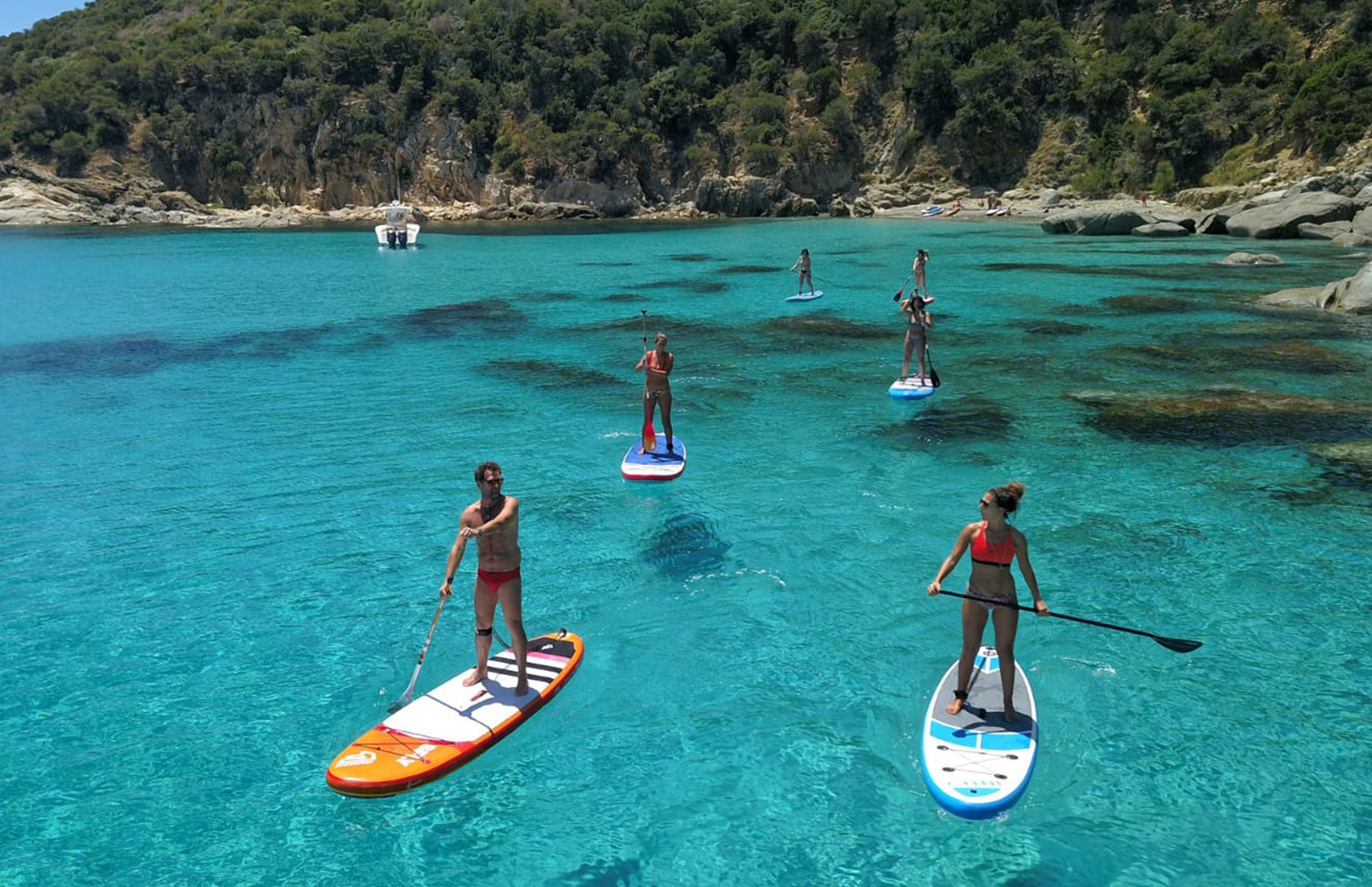
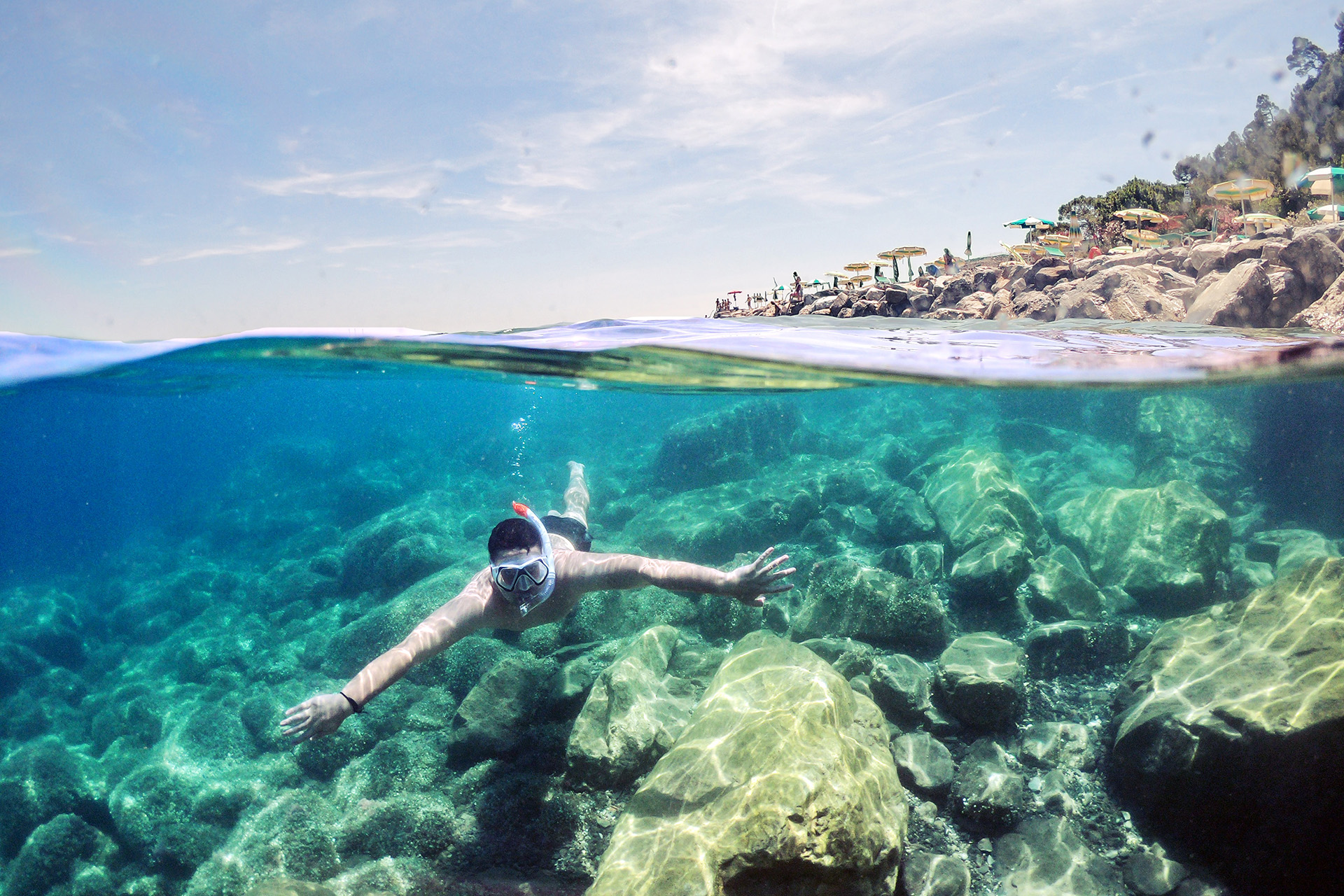
Why you should visit La Maddalena on a sailing holiday
Undoubtedly the best way to take advantage of all that La Maddalena has to offer is on a sailing holiday! Not only will you be able to see the archipelago from a unique perspective on the water, you’ll also reach some of the most remote parts of the archipelago that are only accessible by boat. As you sail around the islands, you’ll be able to soak in the stunning scenery without having to worry about overcrowding or noise pollution from other tourists. You’ll have time to swim, snorkel, and even fish on the way to each anchorage each day. From exploring sweeping bays dotted with ancient villages to encountering playful dolphins just off the bow – a voyage around these islands will be an unforgettable experience. You’ll quickly see why this archipelago is referred to as the ‘Pearl of the Mediterranean’.
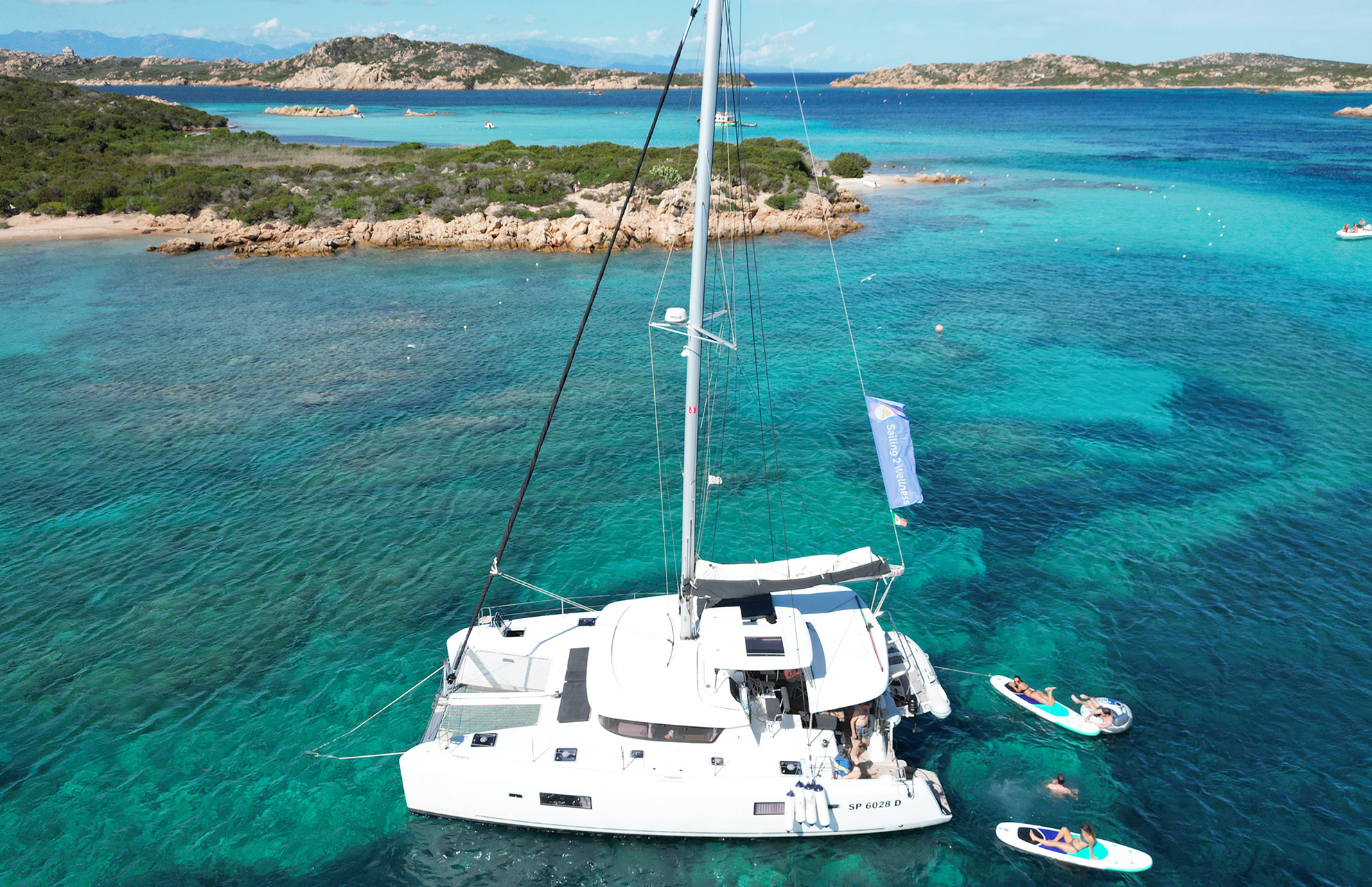
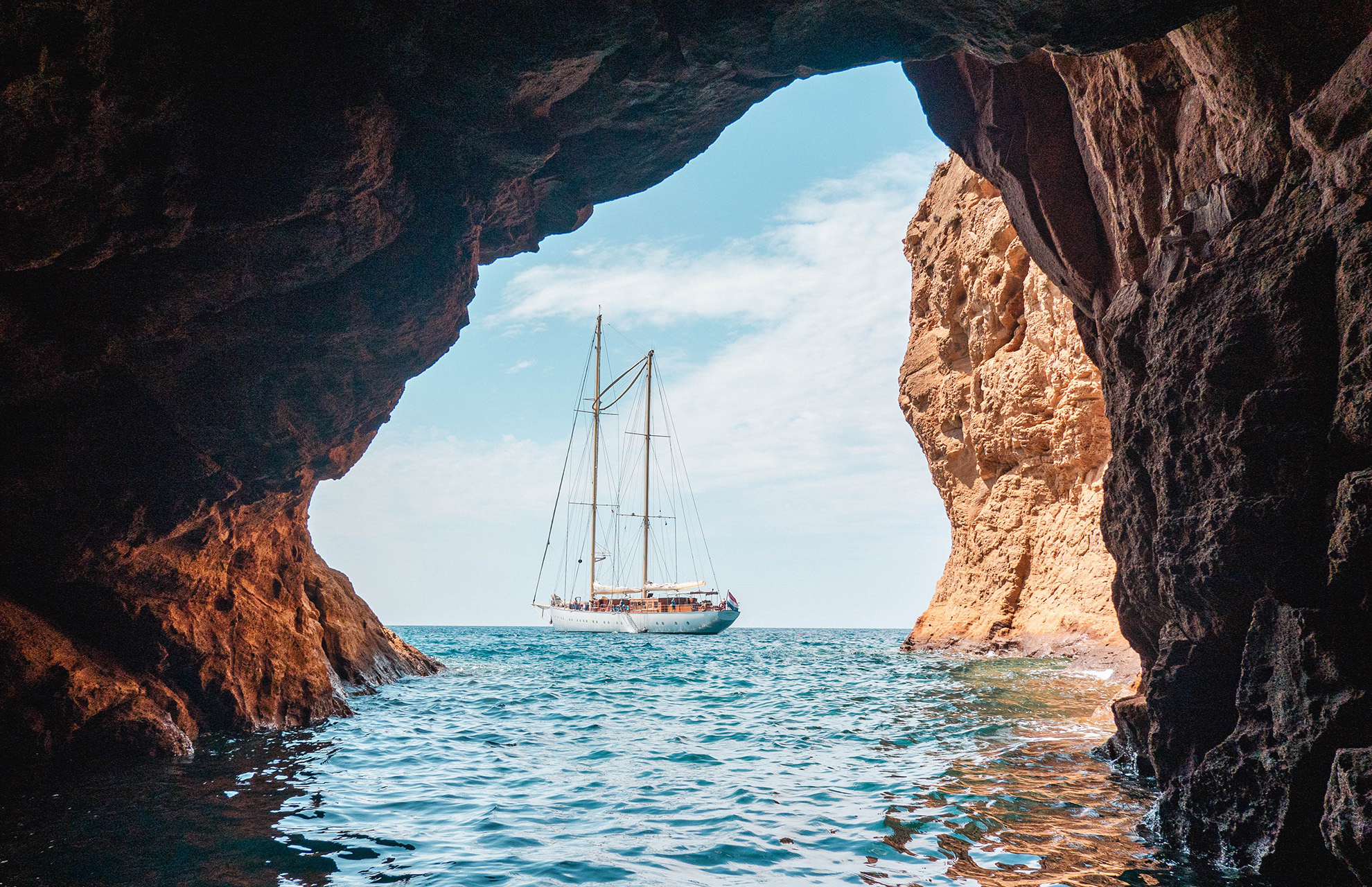
So if you’re looking for an unforgettable escape from everyday life, set sail to La Maddalena. Join us on a sailing holiday with classic yacht Chronos or luxury catamaran Agave.

